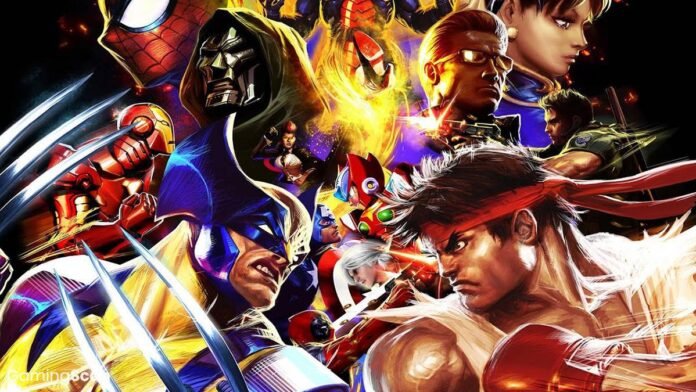
Gaming is a worldwide industry. However, like many hi-tech sectors, the origin of gaming lies firmly rooted in Japan. osaka gaming
Nintendo, perhaps the World’s most famous video game console maker, originated in Kyoto over 100 years ago. In a far cry from the likes of the Gameboy, DS, or most recently the Switch, Nintendo first found fame as a card game manufacturer.
However, not to be outdone by their regional rival, Osaka too stands as something of a gaming Mecca.
However, whereas Kyoto gave us Nintendo, and Tokyo gave us Sony, the two premier console makers in gaming today, Osaka has always been more about the games themselves.
Three of the world’s best known Japanese gaming developers started out in Osaka. Indeed they continue to operate in and around the city to this very day. So, today we took a look at Osaka’s titans of gaming, and the lasting impact they left not just on gamers, but on popular culture.
Let us begin with the granddaddy of them all, Capcom.
Table of Contents
Capcom: Gaming Across Genres, Across Generations
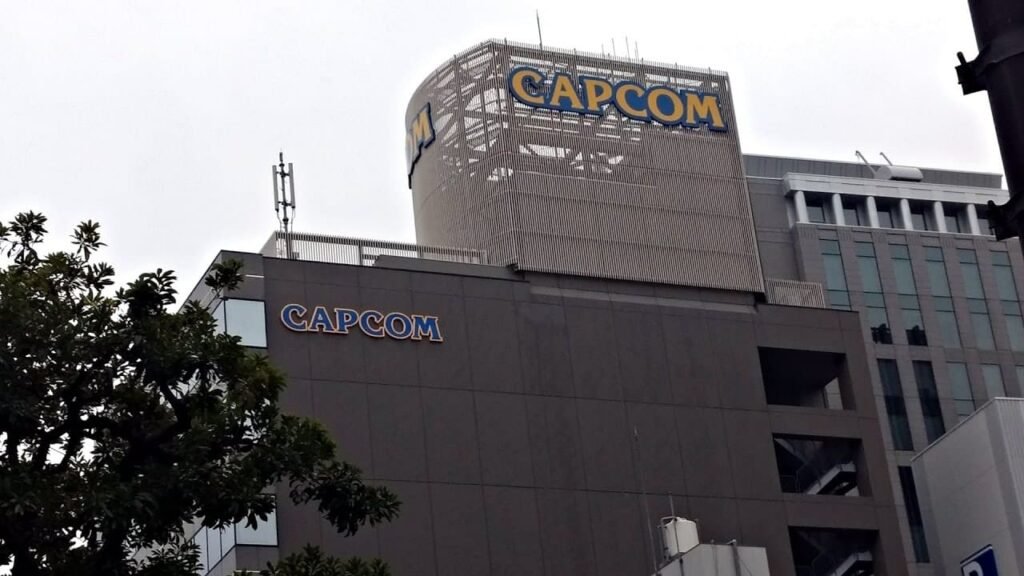
The origins of the company known today as Capcom go all the way back to the very earliest days of gaming, the 1970s. Originally, two Osaka based firms, IRM Corporation and The Japan Capsule Computer Company opened up in 1979. Their main focus in those early days was gaming machines. However, the company didn’t produce arcade games as such until 1983. Up to that point, they focused on slot machines, pachinko and other pseudo-gambling type machines. These two companies merged in 1983, with Capsule Computer Company shortening its name to Capcom.
Early Arcade Success
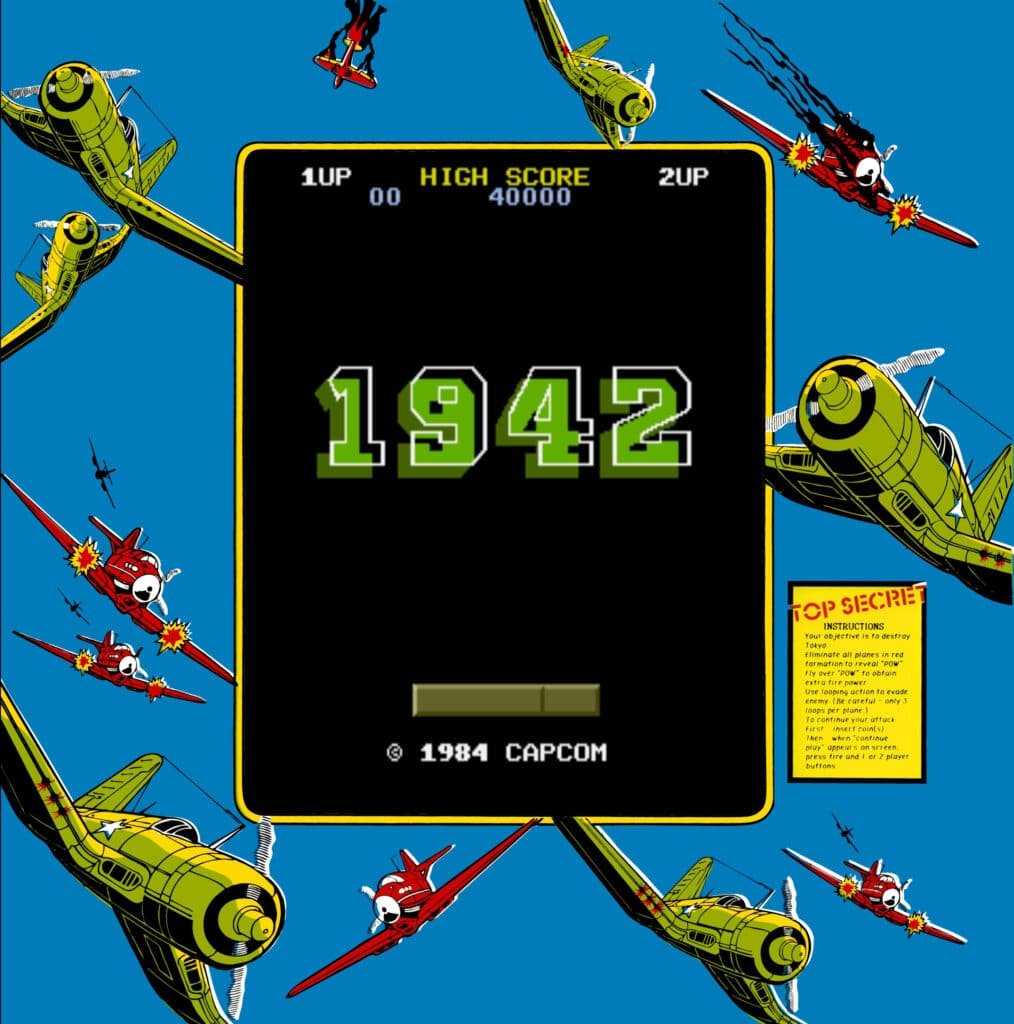
Capcom’s first foray into the coin-operated gaming market was 1983’s “Little League”, a simple yet fun baseball simulator. However, it was the World War II themed overhead shooter “1942” that propelled the fledgling Osaka firm onto the international gaming map. Released in arcades in 1984, 1942 would also become the first Capcom game ported to home console systems. A version for the Nintendo Famicom (known outside Japan as the NES) came to market in early 1985.
The success of 1942 on the NES led to further Capcom releases on the system. These included the notoriously difficult platformer “Ghosts and Goblins” and the 1985 movie tie-in “Commando”.
Entering the Fighting Arena
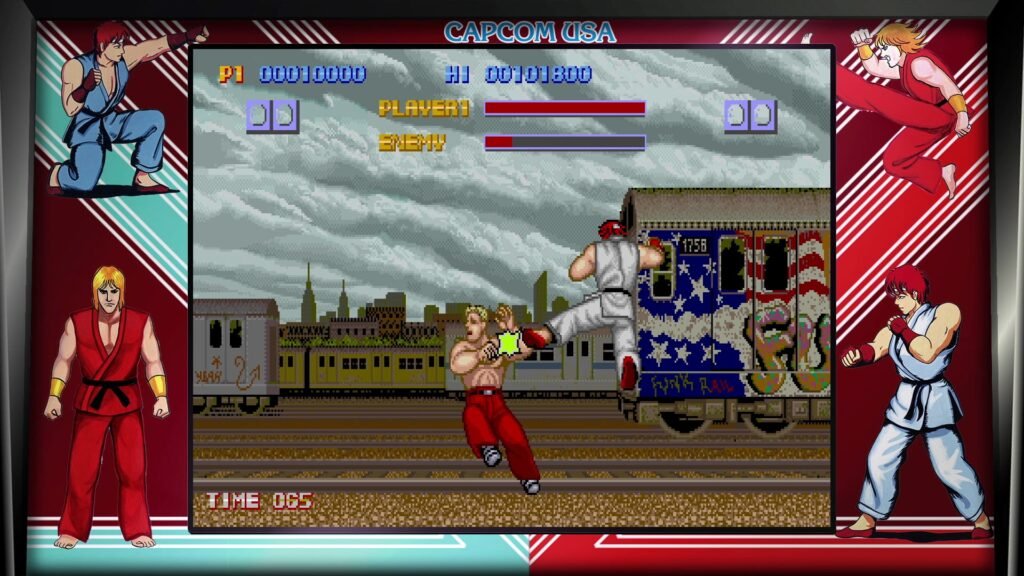
Capcom’s first worldwide hit was 1987’s “Street Fighter”. Though almost unplayable by today’s finely tuned standards, the game was an absolute revelation when it first released. It also was the first one on one fighting game to enjoy universal success. Talks of a sequel soon emerged.
However, an aborted first attempt at a Street Fighter sequel, would actually turn into a major win for Capcom. Originally titled “Street Fighter ‘89”, the game represented a radical shift from the one on one fighting mechanics of Street Fighter. Instead, players made their way through wave after wave of increasingly tough enemies. Sometimes the player would have to fight 4 or 5 opponents at once. In time, this game would undergo a rework and rebrand itself as “Final Fight”. This franchise would, in turn also enjoy success on several home systems and spawn several sequels.
The “World Warrior” goes Global
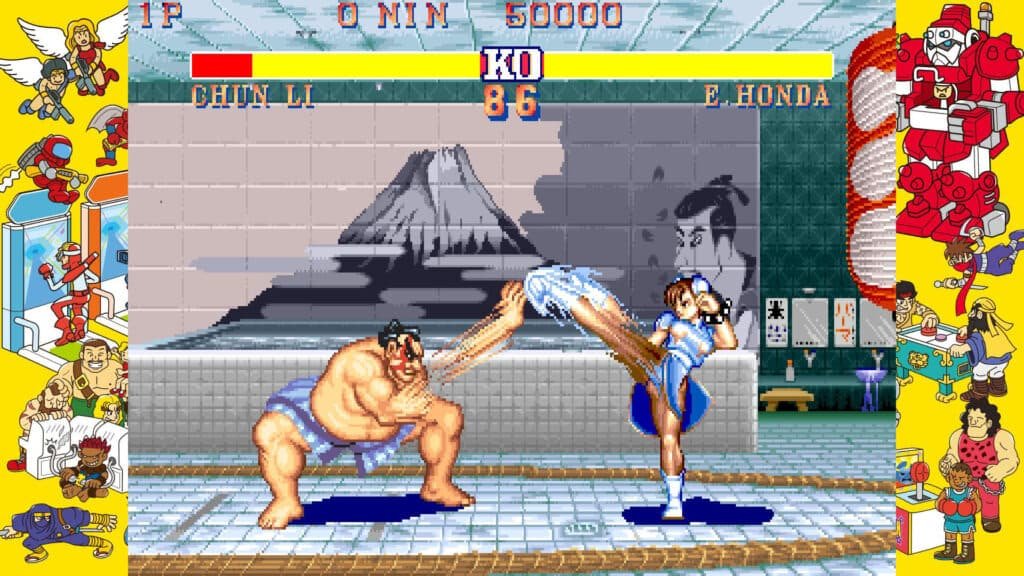
The idea of a proper sequel to 1987’s Street Fighter remained firmly in Capcom’s minds. However, there was debate about how to proceed in this regard. In turn, this led to a schism of sorts within Capcom. Several staff who worked on Street Fighter would leave the company in 1990 to join SNK, and work on a new fighting franchise of their own. More on that later.
Finally, in the summer of 1991, Street Fighter II: The World Warrior came to arcades. It was a smash hit, becoming one of the best-known and most ported games of all time.
As recently as summer 2022, Street Fighter II came to current gen consoles via the Capcom Fighting Collection.
To date, the various incarnations and ports of Street Fighter II have sold close to 7 million units. In total, the Street Fighter franchise, which will see the release of Street Fighter 6 in 2023, has amassed sales to date of close to 50 million units. However, another Capcom franchise would soon emerge to eclipse even Street Fighter in popularity.
Cinematic Gaming and the Rise of “Survival Horror”
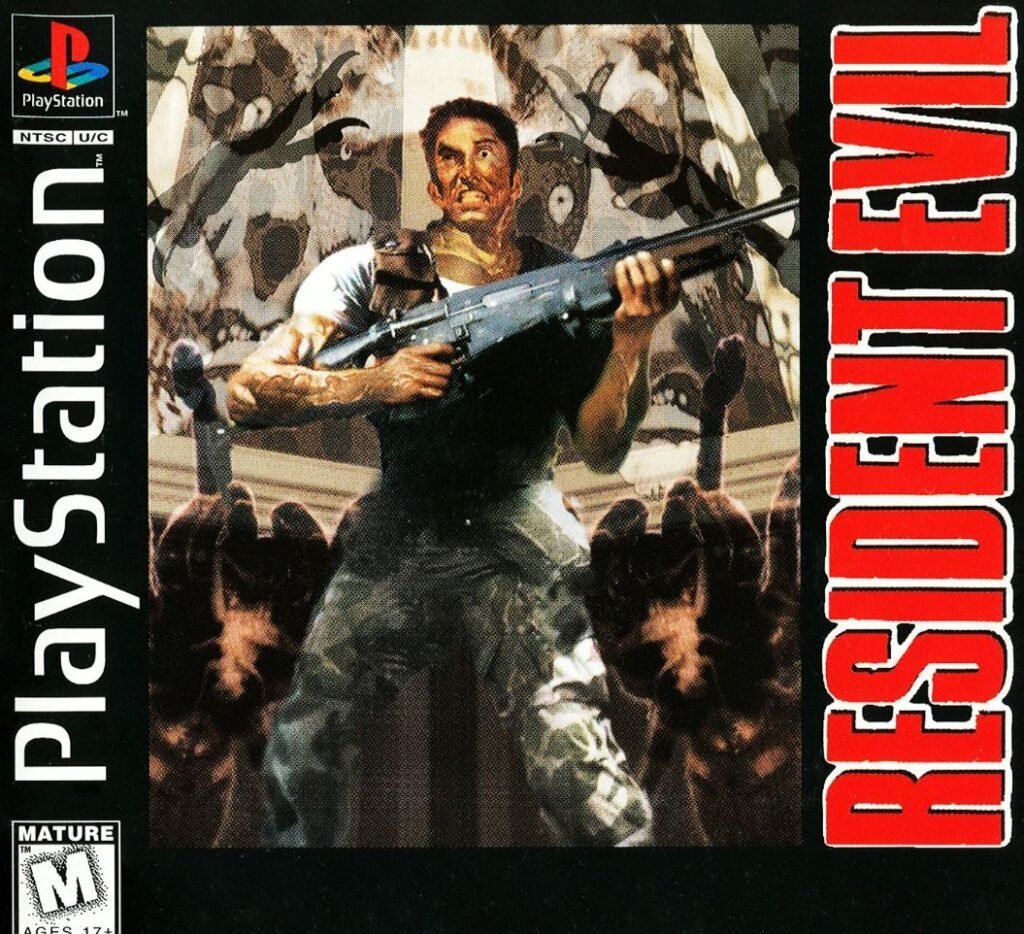
The release of the Sony PlayStation in 1994, saw wholesale changes across the gaming landscape. 3D was the new craze, and 2D fighters such as Street Fighter II and its numerous imitators, began to look bland and slow by comparison.
However, Capcom had ideas beyond just the fighting genre.
Back in 1989, a small scale NES game called “Sweet Home”, based on a Japanese horror movie of the same name was something of a sleeper hit for Capcom. Shinji Mikami, one of Capcom’s top producers at the time, was a big fan of Sweet Home. He believed that the CD-based sound and visuals the PlayStation could produce offered a chance to remake “Sweet Home” as a truly immersive and genuinely scary experience.
However, rights issues quickly prompted Mikami and co to instead focus on creating a new IP. In time, this project came to be known in Japan as “Biohazard”. In the US and Europe, we know it as “Resident Evil”.
The combination of story-driven gameplay, immersive environments and cinematic, fixed camera angles led to the creation of a whole new gaming genre: Survival Horror.
To date, Resident Evil remains Capcom’s most lucrative franchise. Across 8 main series games and dozens of spin-offs and remakes, the series has amassed almost 130 million unit sales.
Spin-offs, Remakes and Collaborations
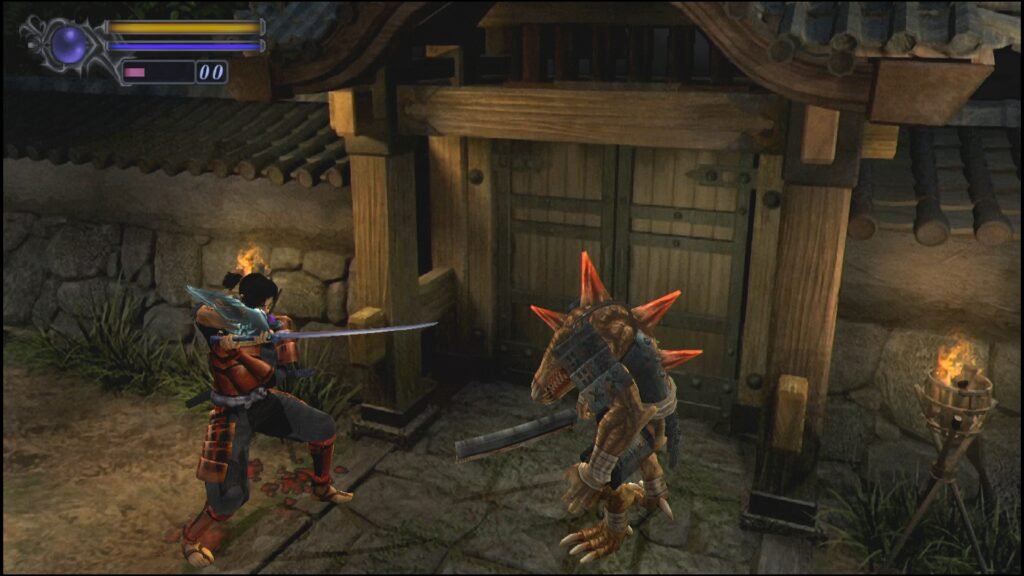
Ever looking to expand into new territory, the arrival of the PlayStation 2 in 2001 offered Capcom the chance to push the envelope even more. As well as working on the 4th game in the Resident Evil Series, Mikami also had another project in mind. The basic premise: “What if Resident Evil took place in Feudal Japan? What if we swapped out cops with guns and grenades for samurai with katanas and spears?
This led to the creation of Onimusha, and a new branch for the evolution of survival horror as a genre.
Over the years, the Street Fighter franchise has teamed up with the likes of Marvel Comics, fellow Osaka developer SNK and a host of other outside companies to produce collaborative titles. The highlight amongst these is probably the “Marvel vs Capcom” series.
Remakes of the first 3 Resident Evil games have also come to modern systems, with a remake of 2004’s Resident Evil 4 due in the months ahead.
Capcom Today

Today Capcom remains a leader in gaming innovation, both in Japan and worldwide. Street Fighter 6 looks set to take the World by storm next year, as does the much vaunted Resident Evil 4 Remake. Meanwhile, Capcom continues to build on the more recent success of its “Monster Hunter” franchise, with updates for current generation consoles planned to drop soon.
Platinum Games: Gaming for Gamers

In today’s increasingly saturated gaming market, it becomes increasingly difficult to stand out from the proverbial crowd. However, with a string of commercial and critical successes, Platinum Games certainly makes the grade.
Despite only entering the market in 2007, the company boasts a string of hits, across multiple platforms from 2010 onwards. Platinum Games was originally the brainchild of Capcom’s Shinji Mikami. He left Capcom following the huge success of the Resident Evil and Onimusha franchises, seeking a new challenge. This desire to break free of established preconceptions and forge a new path drove innovation at Platinum Games in those early days.
Platinum Games tend to place an emphasis on playability and gamer satisfaction in most of their games. This sets them aside from larger, western studios, such as Electronic Arts, whom increasingly favor style over substance.
Early Days on PS3
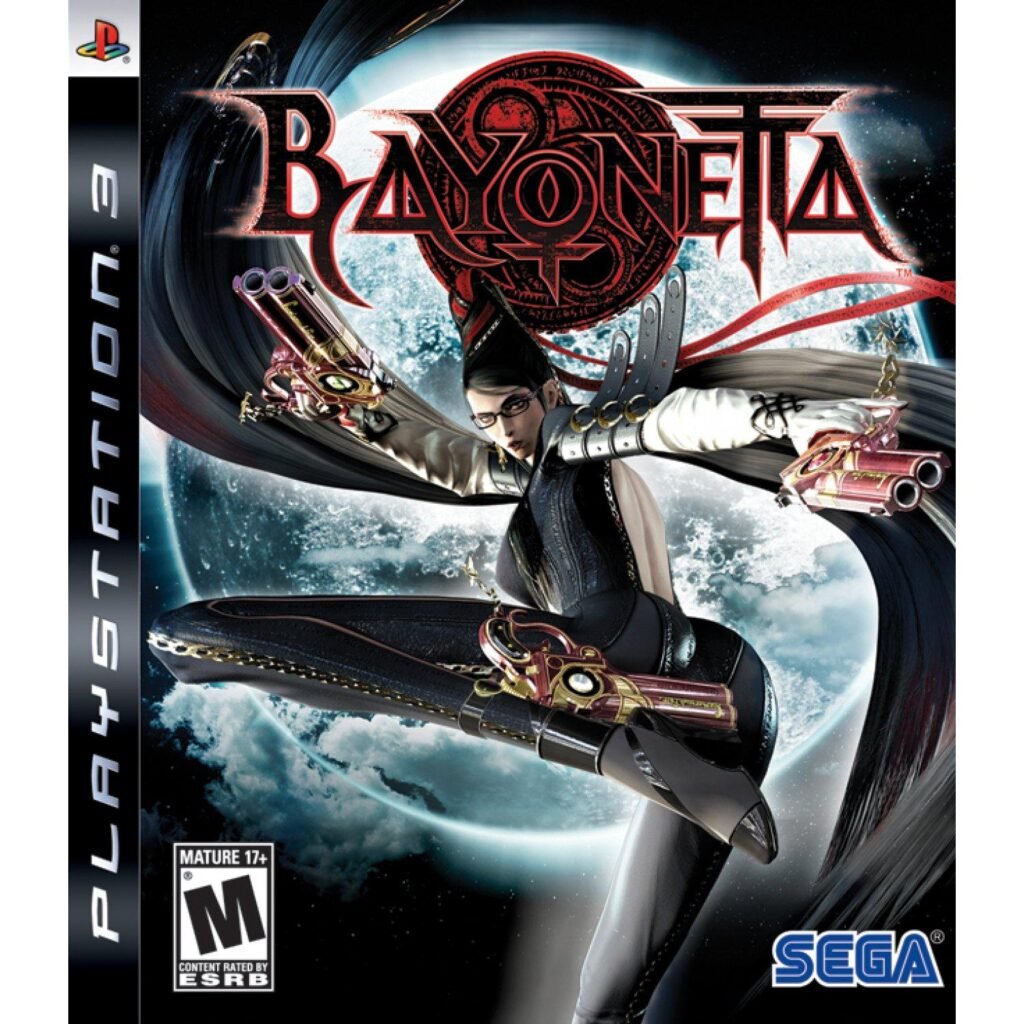
Platinum Games takes their name from the precious metal. Like this rare material, Platinum Games’ ethos is to “create games that never lose their luster”. It’s quite appropriate then, that their breakout hit “Bayonetta”, remains popular to this day. First released in 2010 on the Playstation 3, this highly stylized action adventure proved a huge hit. Bayonetta and its sequel, Bayonetta 2 enjoyed a revival in popularity over the last couple of years, with an enhanced re-release for the Nintendo Switch. Bayonetta 3 is set for release later this year.
PS3 to PS4 and Licensed Games
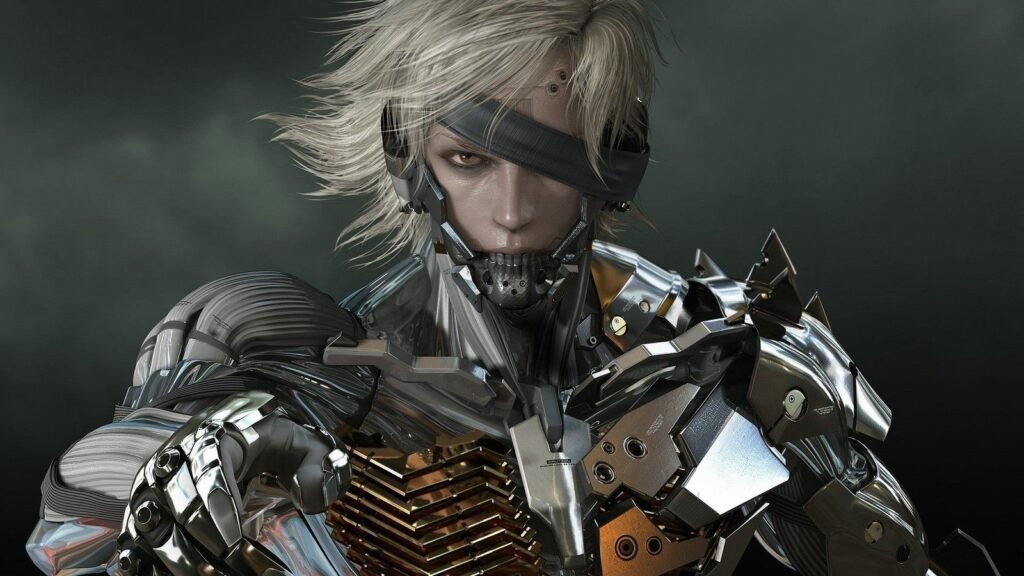
Another early success for platinum games came with the PS3 release of Metal Gear Rising: Revengance. This game, set in Konami’s “Metal Gear Solid” universe, focused on MGS2 protagonist Raiden. Compared to the rest of the series, it is a more action-based affair, relying less on stealth. Whilst it bore similarities to Bayonetta, the game had enough innovation to stand alone as a great game in its own right.
The launch of the Playstation 4 in late 2014 saw Platinum enter a new sphere. They took on the challenge of developing licensed titles based on popular existing franchises.
First up was The Legend of Korra. Based on the popular Nickelodeon cartoon series, the game’s simplistic but fun fighting style, coupled with beautiful cell-shaded graphics proved immensely popular with fans of the show. This success paved the way for Platinum to expand further into cartoon adaptions with mixed results.
Transformers and Turtles: Platinum’s Yin and Yang
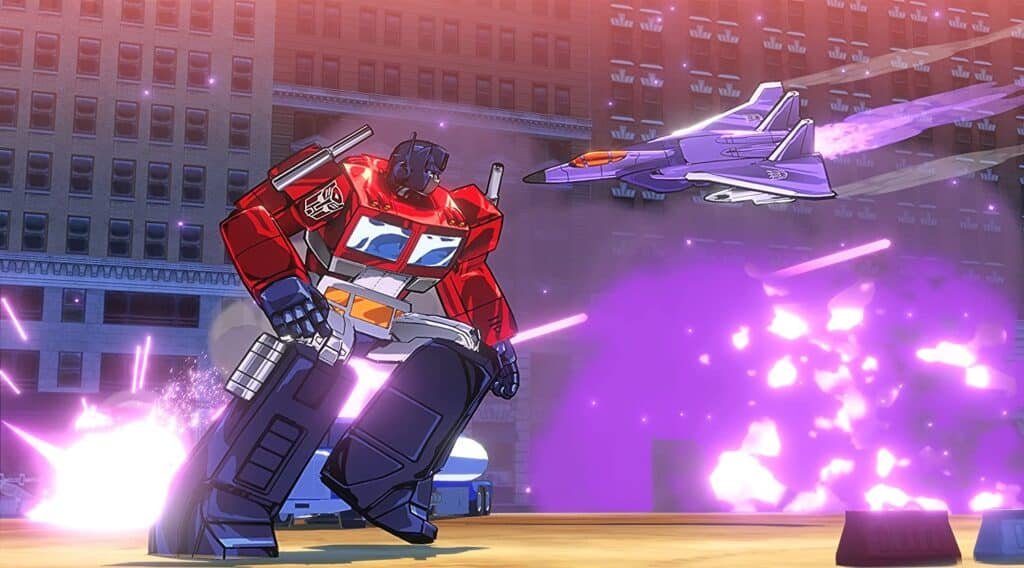
It’s somewhat ironic that Platinum produced one of the best received and one of the worst received modern adaptions of 80’s animated franchises within a matter of months.
Transformers: Devastation released across all major platforms in late 2015. The game’s aesthetic drew heavy inspiration from the art style of the original 1984 cartoon. The developers even brought back actors Peter Cullen and Frank Welker. Cullen and Welker were the original voices of the heroic Autobot leader Optimus Prime, and his evil Decepticon counterpart Megatron respectively. Several other surviving members from the original cast also lent their performances to some characters.
Transformers: Devastation served as a showcase of just how beautiful games could look on the new, at the time, PS4 hardware. Even today, it’s near perfectly cartoon accurate depiction of the famous “Robots in Disguise” holds up as one of the most beautiful games ever made.
Unfortunately the same couldn’t be said of 2016’s Mutants in Manhattan, an adaption of the Teenage Mutant Ninja Turtles animated series. Fans of the original show cried out for a game that paid homage to the classic cartoon of the late 1980s. What they got instead was, unfortunately, a very mediocre, simplistic fighting game, that took its visual cues from Nickelodeon’s short lived 2010s remake.
Turtles fans finally got their wish in 2022, when Dotemu took over the license and finally gave gamers the classic call-back game they always wanted. “Shredder’s Revenge” was one of the surprise hits of summer 2022.
Platinum Games Today
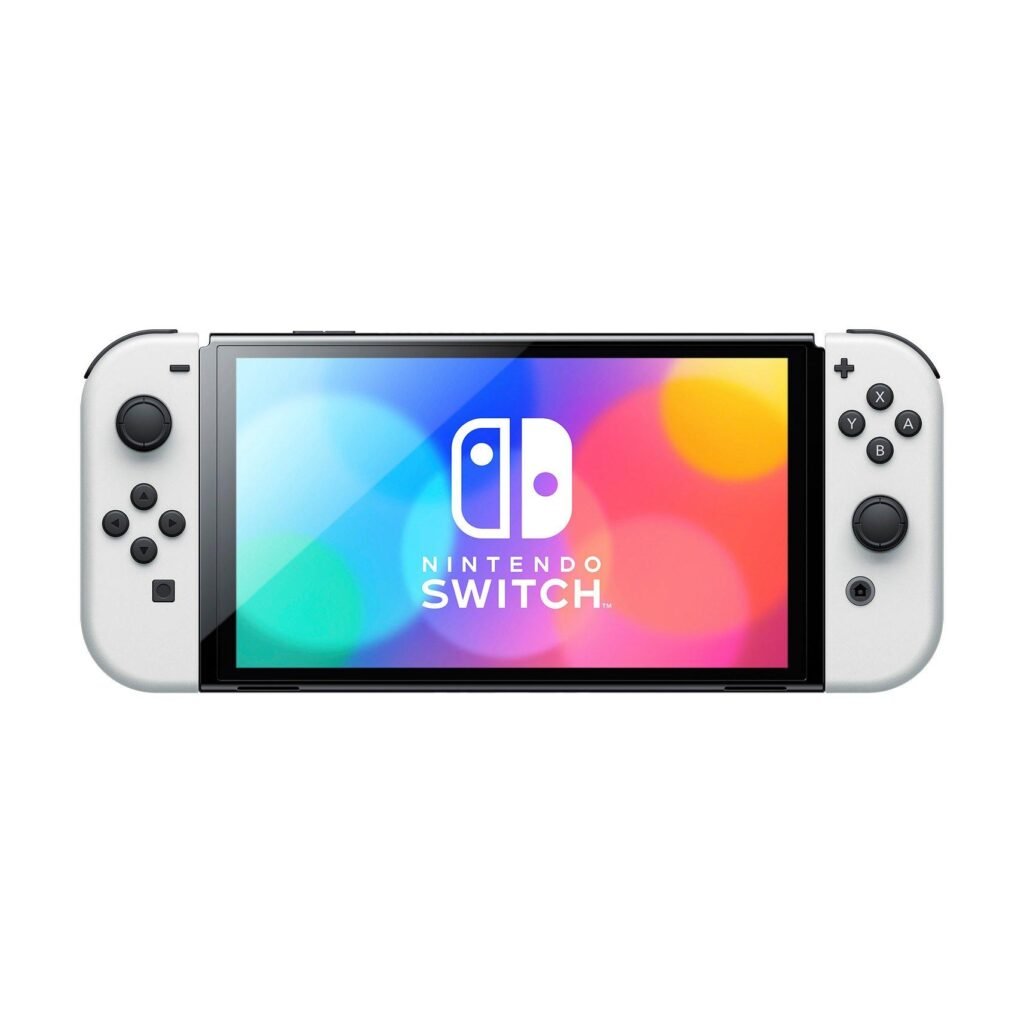
These days, Platinum Games maintains an active interest in all three major console markets. The Bayonetta series is a Nintendo Switch exclusive these days. However, titles like 2021’s Sol Cresta, and 2022’s Babylon’s Fall continue to release across all major platforms. Platinum also dabbled in mobile gaming in 2021 with World of Demons. This action game, released on both iOS and Android devices, drew inspiration from Japanese folk tales.
With the Playstation 5 and X-Box Series X taking up an ever-increasing share of the console market, we can expect to see Platinum explore these platforms more in the years ahead.
SNK: At the Cutting Edge of Gaming
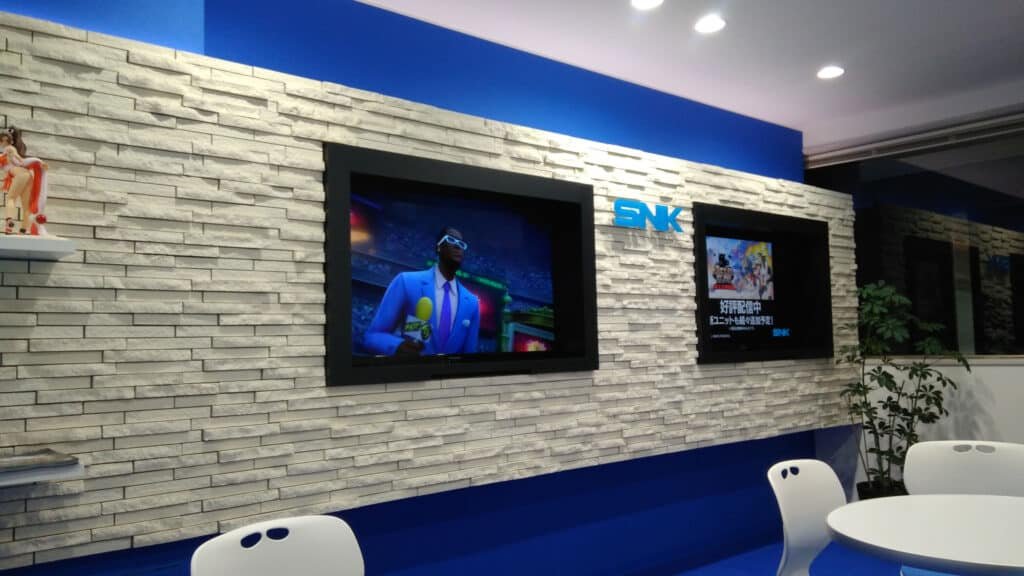
It’s not often in the gaming market, particularly in Japan, that a company defines itself by focusing on a single genre of gaming. However, SNK is one such company.
Arise the King of Fighters
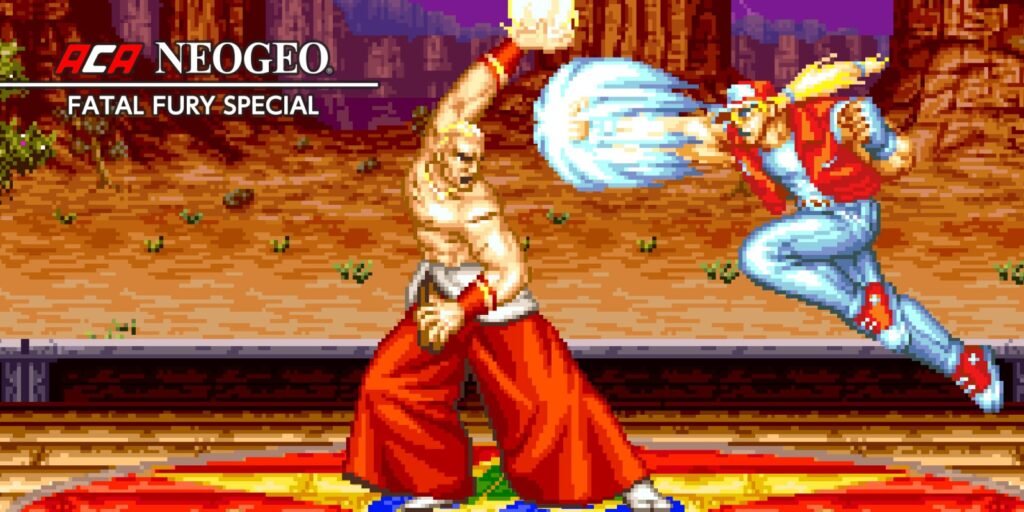
From the early 90’s onwards, the vast majority of SNK’s output has been in the one-on-one fighting genre. SNK certainly didn’t pioneer the concept of fighting games. However, they are responsible for a number of the innovations and gameplay quirks that modern gamers take for granted.
Much like the aforementioned Platinum Games, SNK’s success from 1990 onwards was a direct spin-off of Capcom’s before it.
It was in 1990 that two of the minds behind Capcom’s 1987 seminal hit “Street Fighter” joined SNK with the intention of creating their own, unique take on the one v one fighting genre. Takashi Nishiyama and Hiroshi Matsumoto would mastermind 1991’s Fatal Fury, its numerous sequels, and from 1992 onwards, the “Art of Fighting” series.
Bringing the Arcade to the Home
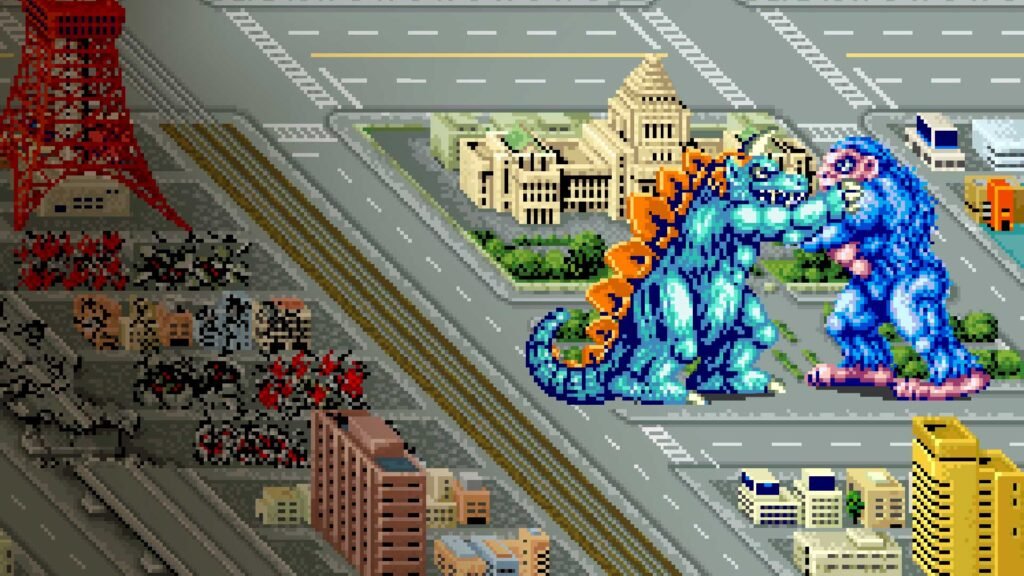
Both Nintendo and Sega enjoyed great success in the late 80s and early 90s porting arcade games to their Famicom, Super Famicom, Master System and Mega Drive consoles respectively. However, the gap in quality of graphical fidelity, speed and often gameplay itself was huge when these home versions stood alongside the arcade originals.
SNK aimed to change this, with their Neo Geo system. Originally hitting the Japanese market in 1990, SNK boasted that the Neo Geo was the first console to “bring the full arcade experience into your home”.
Other consoles of the time used data-restrictive cartridges to produce scaled down emulations of arcade games. However, the game boards that the Neo Geo used came directly from the arcade cabinets themselves. This was unheard of at the time. However, there was a very real price to pay for this.
A Creative Success, but a Commercial Flop
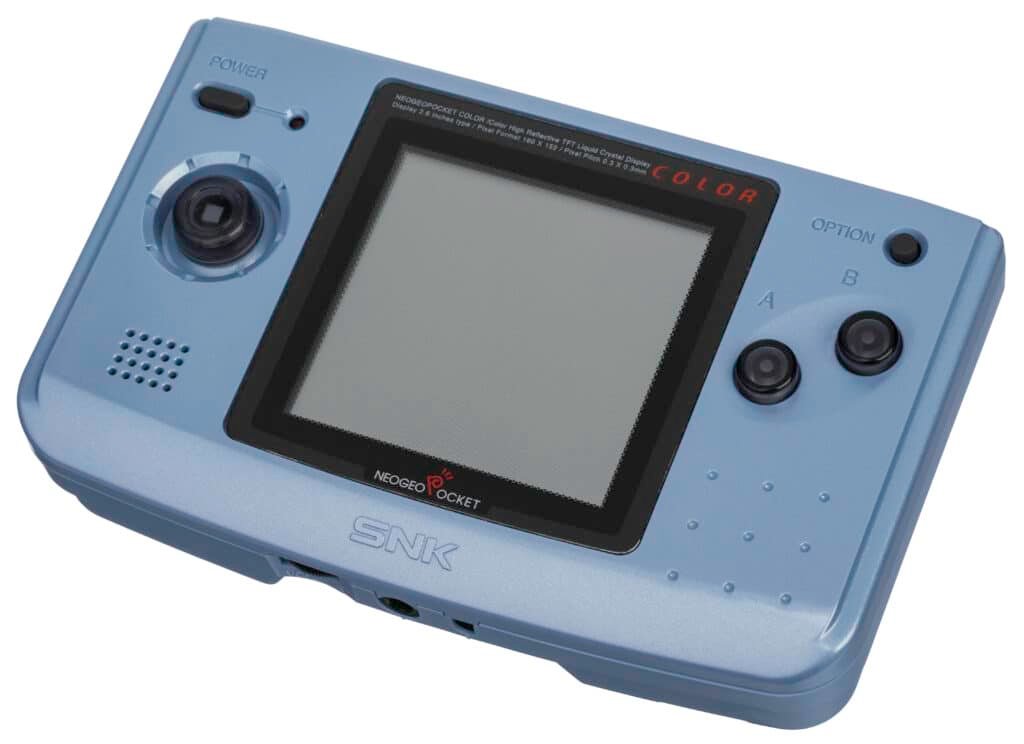
The Neo Geo was marketed as a direct rival to the Sega Mega Drive and the Super Famicom. However, the console itself was more than triple the cost of either of these, technically inferior systems. Also, as an SNK proprietary system, the selection of titles available was restricted to those produced either by SNK or its affiliates. Also, at a time when Sega and Nintendo charged around 5000 yen for their games, pricing Neo geo games at 20,000 yen each wasn’t the most commercially astute move. Additionally, if you weren’t too fussed about graphics or sound quality, a number of SNK’s best known Neo Geo games were also ported to Sega and Nintendo systems.
Much like the Betamax video player some 10 years earlier, despite boasting superior tech, the Neo Geo struggled to gain a foothold outside of Japan. SNK eventually filed for bankruptcy in 2001. It seemed that the likes of Fatal Fury, Samurai Shodown and Art of Fighting may soon disappear forever.
Kawasaki to the Rescue
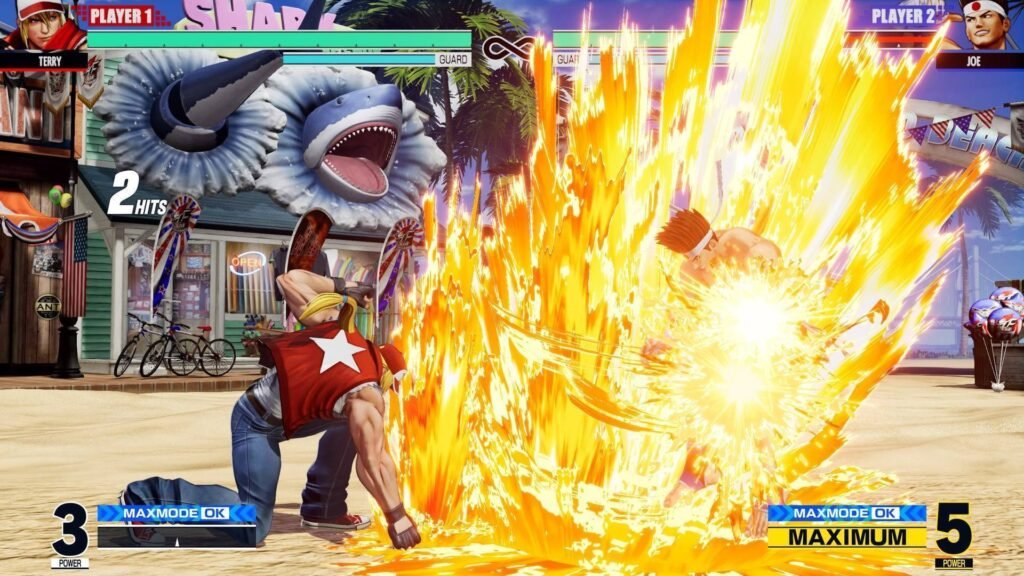
Thankfully, SNK’s senior staff had seen the way the winds were blowing and taken steps to preserve the company’s legacy. Former SNK executive Eichi Kawasaki founded Playmore Corporation, and they acquired SNK’s assets soon after. Rebranding as SNK Playmore, they ensured that the games continue to come out, staff stayed in their jobs, and most importantly, SNK remains a part of Osaka’s gaming landscape to this very day!
The Future of Gaming in Osaka
Gaming continues to play a huge part in Osaka’s economic foundations. The growth in e-sports has even prompted the prefecture to set up a hub to bring on the next generation of global competitors. Whilst Capcom continues to churn out one hit after another, the success of smaller independent studios such as Platinum Games shows there’s still room for the little guy too. With a blend of industry power, programing expertise and lots of new ideas, the future for Osaka’s gaming landscape looks very bright indeed.























